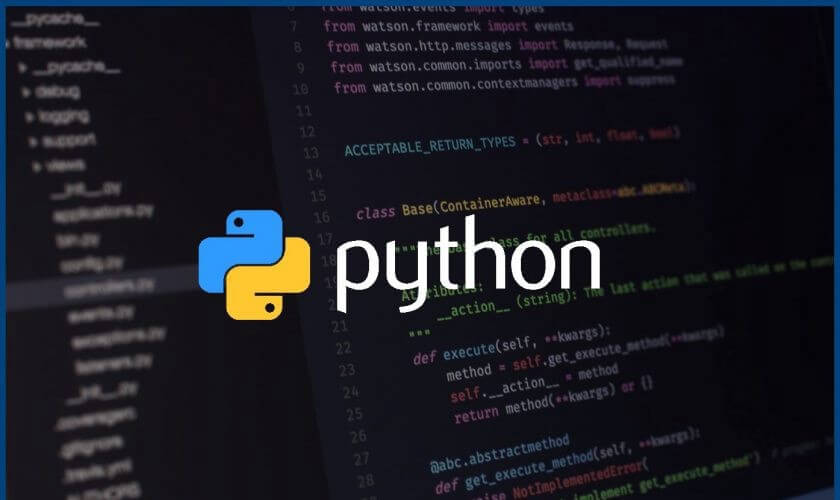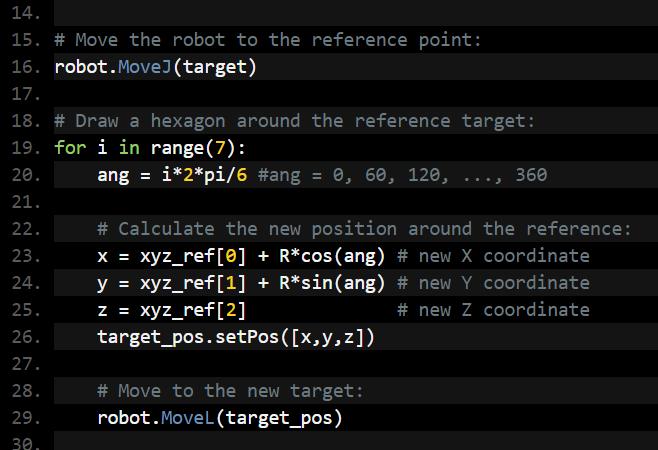Human beings have always turned to the power of technology to help make our lives easier. Advancements in computer programming have allowed us to automate tasks that were previously performed manually. Computer programming has given us the power to solve complex equations instantaneously, retrieve the meaning of any word with ease, and stay in touch with one another, no matter where we are. We can do so thanks to the programming languages that allow us to communicate our instructions to the machines we task with these jobs. There is an endless amount of programming languages that we can use. High-level programming languages can be used to develop websites and mobile applications. Low-level programming languages are used to write programs relating to the architecture and hardware of a computer. One of the most used programming languages is Python. But what is Python? And what is it used for?
To put it simply, Python is a multipurpose programming language that can be applied anywhere that uses data, mathematical computation, or linear code. Like most other programming languages, Python also works with an interpreter to execute its code. Python also utilizes English syntax, making it a very straightforward and easy language to learn. Python is also a free and open-source software, meaning anyone can access it and learn it. Python’s accessibility makes it a useful tool for programmers of every level. Python is one of the most versatile programming languages, and programmers utilize it for various tasks. Python is also a scalable programming language, making it valuable for small-time programmers and large software companies.
Though many programmers utilize Python for web development, it has many applications. Python can compile data libraries, implement AI and machine learning, and mine data, among other things. Python can be used to support more than one programming paradigm. This gives programmers the flexibility to use the most applicable programming styles and language constructs to execute any given job. Python is also designed to be highly extensible (able to be grown), allowing programmers to easily add interfaces to existing applications. Python is also known for being highly interactive.
According to its creator Guido van Rossum, the aim of Python is to be a simple and fun programming language. Its widespread application and easy-to-understand syntax make it valuable to programmers regardless of their skill level. Python is meant to be easily read, utilizing whitespace indentation over curly brackets. Python also uses breaks when forming new lines of code instead of semicolons and parentheses, making it clean and easy to read. One of Python’s greatest strengths is its large standard library, which helps provide tools applicable to many kinds of tasks. Python has influenced the design of other programming languages, including Cobra, Go, and Ruby. Python is a programming language with a large community that is always ready to help and welcome new members to the fray. If you have ever considered giving computer programming a shot, Python is the perfect language to start with.





